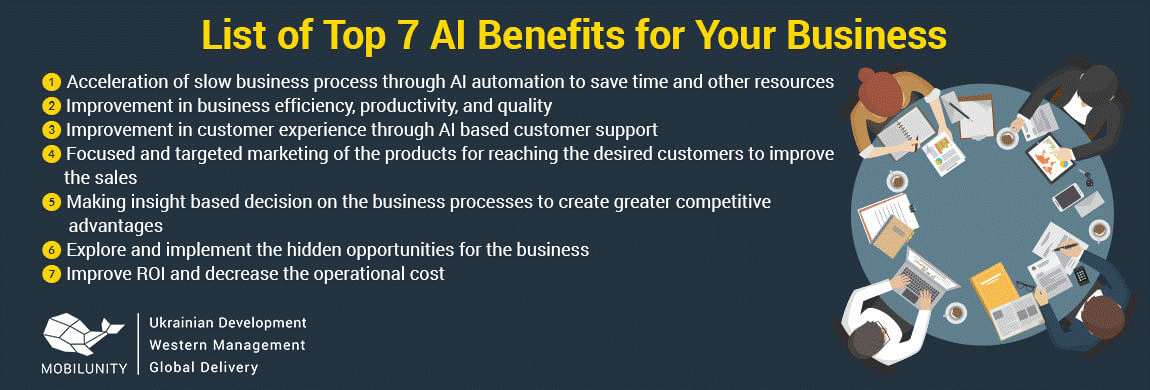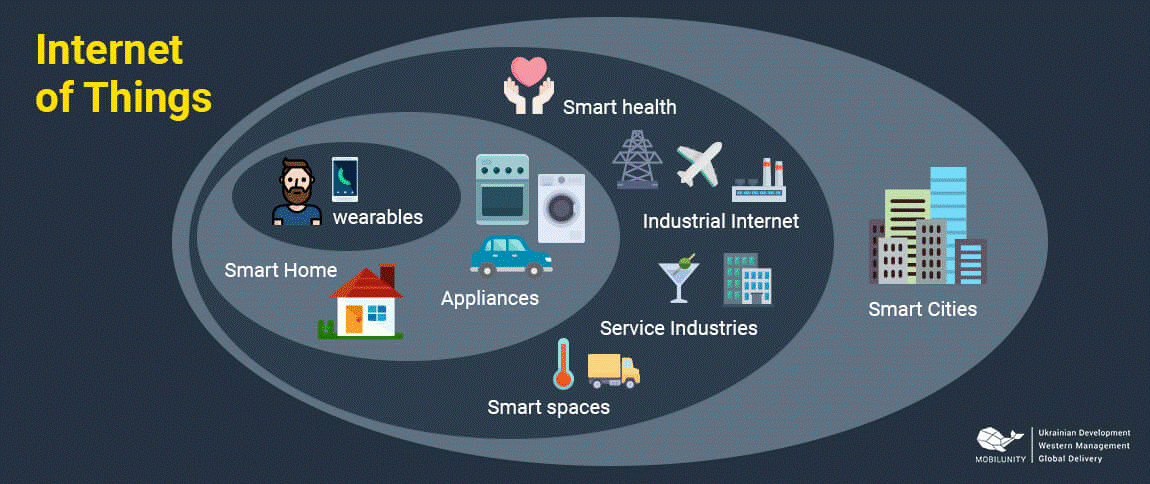Mar 27
2019
Digital Health Trends To Watch In 2019
Technology is the new creed that has literally touched almost every aspect of our life. Be it communication, traveling, or exercising, we are always interacting with technology. However, healthcare has always been considered a very conservative area in terms of technology deployment. This is because, in its very nature, healthcare mainly deals with human life which calls for utmost precaution. But the emergence of machine learning and artificial intelligence has sparked innovation and a myriad of solutions that are already working in the healthcare industry.
 At the forefront of this growth are Android-powered smartphone devices. It’s estimated that 88 percent of all the devices sold in the last quarter of 2018 were all powered by Android. It shouldn’t then come as a surprise that companies are looking to hire Android developers to build health-care related apps.
At the forefront of this growth are Android-powered smartphone devices. It’s estimated that 88 percent of all the devices sold in the last quarter of 2018 were all powered by Android. It shouldn’t then come as a surprise that companies are looking to hire Android developers to build health-care related apps.
But what does the future hold for tech solutions in the health industry? In this article, we are going to look at the trends in healthcare to look out for in 2019 and a few examples of apps for healthcare.
Artificial Intelligence and Machine Learning
“If you’re arguing against AI then you’re arguing against safer cars that aren’t going to have accidents, and you’re arguing against being able to better diagnose people when they’re sick.” – Mark Zuckerberg during a live Facebook video in 2016.
Artificial intelligence and machine learning are getting increasingly sophisticated to the extent of surpassing human capability and the potential for these two technologies in the healthcare ecosystem are huge.
One of the biggest potential benefits of AI in 2019 is helping people to stay healthy without consulting a doctor, or at least do it less often. Coupled with the Internet of Medical Things (IoT), AI is already being used to develop consumer health apps that proactively show patients how to stay healthy.
Moreover, AI is increasingly being used by healthcare professionals to gain deep insights and better understand of routine patterns occurring in patients. With these deeper insights, the caregivers are able to give better diagnosis, guidance, and support to the patients. For instance, the American Cancer Society is already using AI to detect cancer at the initial stages with 99 percent accuracy.
Product development is another area that AI and machine learning are being used. R&D in the medical field can be painstakingly slow and costly given that hundreds of variables need to interact with each other. Today, medical researchers are using AI to safely explore biological and chemical interactions of drugs using the discovery process and clinical data.
 Another area you can get artificial intelligence in healthcare is through workflow optimization. It helps automate repetitive tasks such as routine paperwork, patient scheduling, and time-folio entry.
Another area you can get artificial intelligence in healthcare is through workflow optimization. It helps automate repetitive tasks such as routine paperwork, patient scheduling, and time-folio entry.
Wearables and Augmented Reality
I do think that a significant portion of the population of developed countries, and eventually all countries, will have AR experiences every day, almost like eating three meals a day. It will become that much a part of you.” — Tim Cook at the 2016 Utah Tech Tour – source.
Virtual wearables and augmented reality devices are other emerging healthcare trends proposing to make significant advances in the healthcare space in terms of diagnosis and medical education.
On one side of the scale, virtual reality superimposes a patient in an artificially created surrounding, whereas, augmented reality helps generate layered images to real like objects. As a result, these technologies are and will continue being used by emergency response services providers to relay critical first aid information before the first responders arrive at the hospital.
In the prevention and diagnostics front, VR/AR has allowed medical care providers to create and manipulate different camera colors to reflect or replicate pre-existing effects in their databases.
But perhaps, the biggest impact of VR can be seen in 3D reconstructions of human organs. This has proven important especially when surgeons need to re-create the exact size and positioning of human organs before conducting complicated surgeries. Having the same exact replica of human organs give surgeons the know-how on how to deal with particular organs no matter how small they are.
In terms of medical education, both VW and AR have been great tools in transforming the way students learn. Surgeons are able to rehearse surgery procedures using dummies quicker and without having to use actual human bodies.
Telemedicine
“The evidence supporting the role of telemedicine is strong. Studies have shown that telemedicine promotes continuity of care, decreases the cost of care, and improves patient self-management and overall clinical outcomes” — Stephen Agboola, MD, at the 2016 Annual Partners Healthcare Connected Health Symposium.
The internet age has brought along profound changes in the telemedicine landscape. In the earlier years, telemedicine was strictly limited to doctor and nurse consultation. However, the proliferation of smart mobile devices that are capable of transmitting high-quality videos has opened up avenues for virtual healthcare services from specialists to patients straight in their homes. This is especially paramount in remote areas where doctors can’t easily reach.
As of 2019, patients videos calls have dominated the telemedicine sector whereby the doctor gets to see the visible symptoms of a patient and diagnose them accordingly.
Cloud Computing
“Cloud computing is often far more secure than traditional computing because companies like Google and Amazon can attract and retain cyber-security personnel of a higher quality than many governmental agencies.” —Vivek Kundra in a NY Times Article – source.
As earlier indicated, the healthcare is heavily burdened by record keeping. Doctors and nurses spend most of their time recording and filing records, time which would have otherwise been spent doing other productive things.
However, with cloud computing, health facilities can outsource most of the routine and time-consuming chores like record keeping to VA’s giving them space to focus on their core services.
Data privacy and security is another area that cloud computing has had a positive impact. There have been instances of medical data theft, which has left many facilities tainted or closing altogether.
As opposed to credit card info theft which can be easily reported to the bank, medical information in the wrong hands is extremely risky. It can be used to obtain fake IDs, buy fake equipment, or even file fictional insurance claims. Cloud-based solutions are secure compared to standalone local servers making them ideal for storage of sensitive patients data.
Blockchain
“Whereas most technologies tend to automate workers on the periphery doing menial tasks, blockchains automate away the center” – Vitalik Buterin during a 2016 interview with Huffingpost.
Blockchain technology is another mobile healthcare trend set to dominate the medical sector in 2019 – more info. For many years, drug counterfeiting has been a nuisance to the pharmaceutical industry. It’s estimated that 10 percent of all the drugs in developing countries are fake, which has grown into a $30b industry.
In the pharmaceutical industry, the main issue is a quantitative and qualitative difference between genuine drugs and fake ones. Indeed, most if not all of them lack the stated active ingredients, which is particularly detrimental to the patients’ health.
One of the ways that blockchain technology is helping is counter this problem is through secure drug traceability. Each new drug transaction is recorded and timestamped, making it easier to track its flow without the information being altered. As a result, the number of fake drugs is slowly beginning to decrease.
It’s also worth mentioning that there isn’t a single universally patient identifier in existence. This is truly shocking considering that one in every five patients has had to deal with data mismatch. Going forward, blockchain technology will be used to create systems that help match patient information with the respective individual.
3 best healthcare apps
Figure 1
Figure 1 is a free app that runs on both Android and iPhone. Founded by Dr. Joshua Landy and Gregory Levey, this application started out as a photosharing tool between caregivers. Fast-forward to today, the app has mutated into a holistic app where healthcare peers can learn, advice, and share diagnostic information with each other.
Epocrates
This is another gold standard healthcare app widely used by doctors. It is available on both Android and iPhone and mostly used to collate drug info and interactions, as well as determine important patient information like BMI.
Diagnosaurus (DDx)
DDx is used by doctors for quick and confidential diagnoses. It can be used to diagnose more than 1,000 diseases using different parameters like the symptoms and organ system. Moreover, medical students use the app as a learning tool in differential diagnoses.
Final thoughts
Clearly, digital in healthcare has finally caught up with the seeming obscure sector and continue to produce impregnable results. However, most established companies still continue to hold onto antiquated processes, even when the innovative methods cost less.
And the problem isn’t the fact that they don’t see any value or benefits of healthcare mobile apps.
They are either oblivious about how to build a mobile app or afraid of plunging into the unknown. But with multiple models showing how mobile apps are changing healthcare, the bottom line remains quite clear: healthcare needs to continue innovating to create solutions that not only benefit the patients but also help in cutting costs.